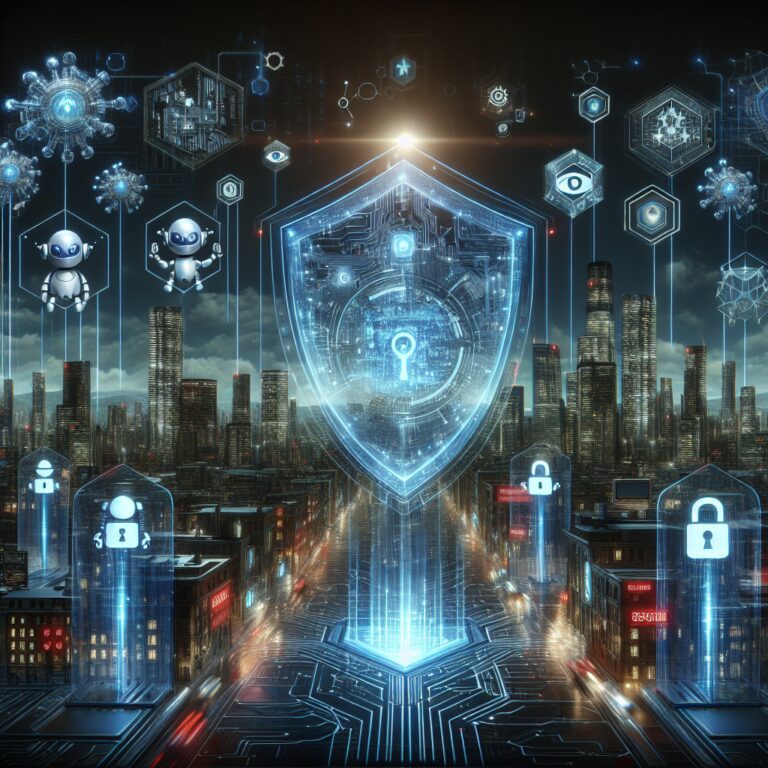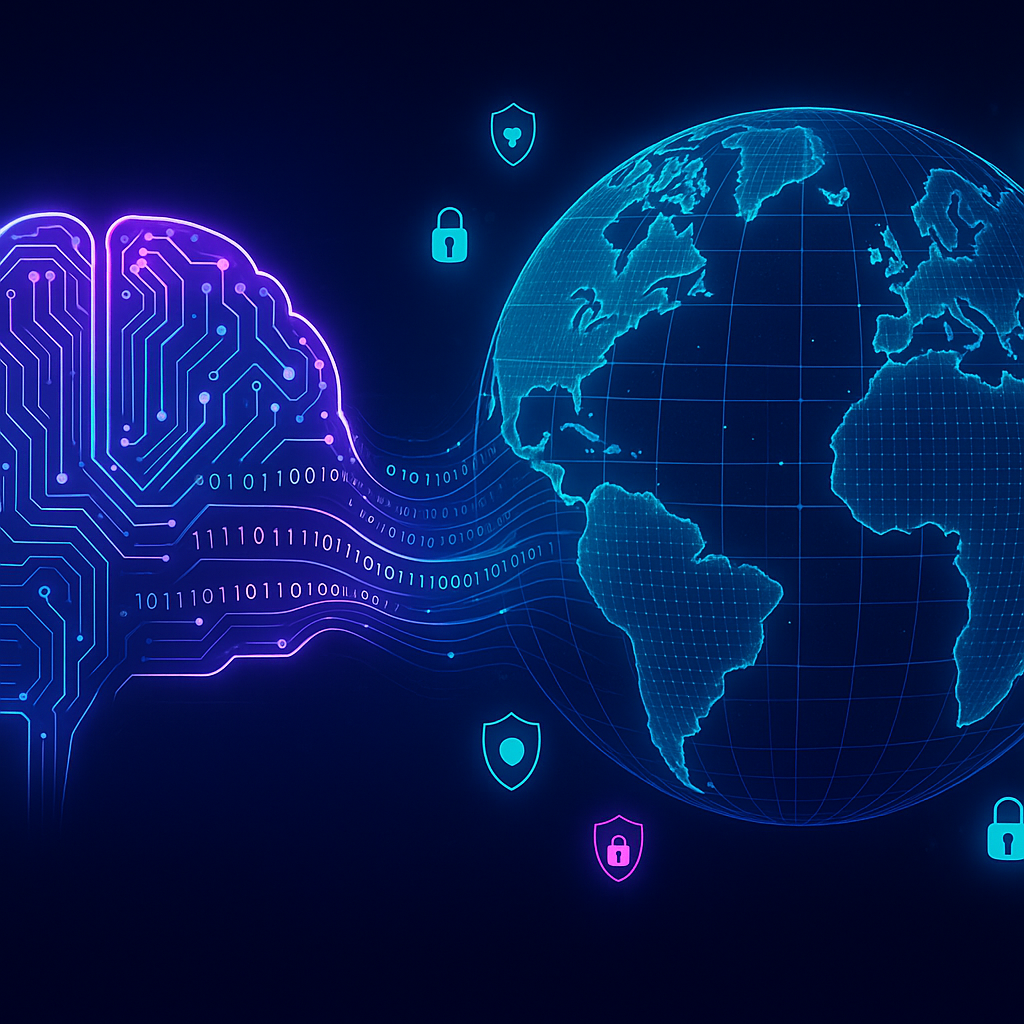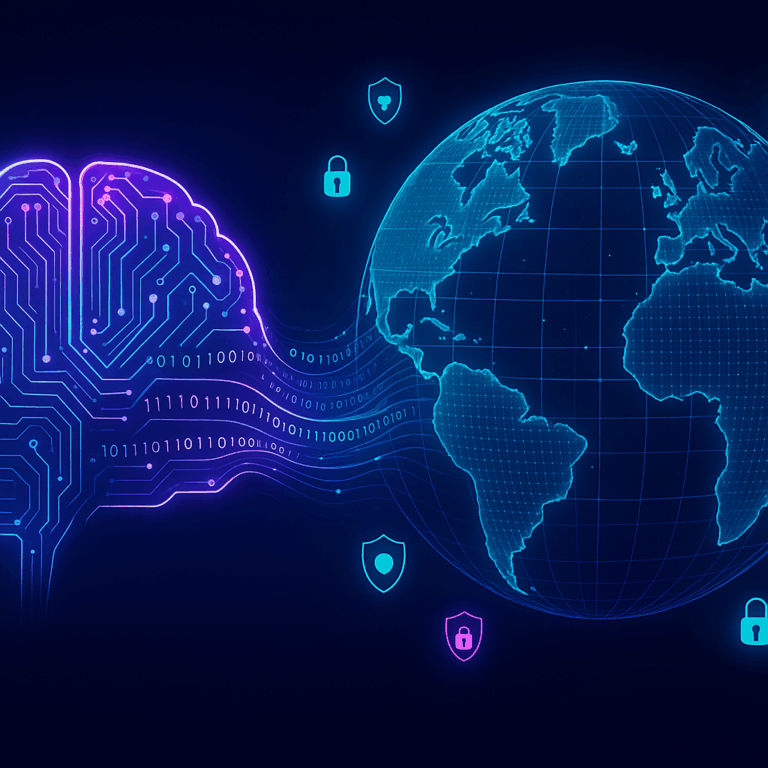AI and NIST CSF 2.0: Enhancing Cybersecurity and Compliance
Imagine a world where cybersecurity threats are instantly detected and neutralized, data breaches are a thing of the past, and compliance is effortlessly maintained. Sounds like a utopia, right? Well, we are closer to this reality than you might think, thanks to advancements in Artificial Intelligence (AI) and the newly updated NIST Cybersecurity Framework (CSF) 2.0.
In this blog post, we’ll explore how AI is revolutionizing cybersecurity and how the NIST CSF 2.0 is playing a pivotal role in enhancing compliance. We’ll dive deep into the synergy between AI-driven threat detection, machine learning algorithms, and the updated protocols from NIST CSF 2.0. Ready to harness the power of AI for robust cybersecurity and seamless compliance? Let’s get started!
The Evolution of AI in Cybersecurity
AI has come a long way in the field of cybersecurity. Initially, it was all about automating repetitive tasks. Today, AI-powered systems can predict potential vulnerabilities, detect anomalies in real time, and even learn from past incidents to prevent future attacks.
Key areas where AI is making an impact:
- Anomaly Detection: Machine learning algorithms can identify unusual behavior that deviates from the norm, alerting security teams to potential threats.
- Threat Intelligence: AI systems can analyze vast amounts of data to identify new and emerging threats, providing actionable insights.
- Incident Response: Automated incident response systems can isolate affected systems and initiate mitigation protocols, reducing response times.
NIST CSF 2.0: A Game Changer for Compliance
The National Institute of Standards and Technology (NIST) recently updated its Cybersecurity Framework (CSF) to version 2.0. This update includes significant enhancements aimed at improving cybersecurity risk management and compliance.
What’s new in NIST CSF 2.0? Here are some highlights:
- Integration with AI: The framework now emphasizes the use of AI and machine learning for threat detection and response.
- Expanded Security Functions: New categories and subcategories have been added to cover a broader range of security functions.
- Enhanced Compliance Requirements: The update includes more detailed compliance guidelines, making it easier for organizations to meet regulatory requirements.
AI-Driven Threat Detection
One of the most exciting advancements in cybersecurity is AI-driven threat detection. Unlike traditional systems that rely on predefined rules, AI systems use machine learning algorithms to identify patterns and anomalies.
Here’s how it works:
Machine Learning Algorithms for Anomaly Detection
Machine learning (ML) algorithms analyze historical data to understand what “normal” behavior looks like. When the system detects deviations from this norm, it flags them for further investigation. This approach is particularly effective for identifying previously unknown threats.
Advantages:
- Real-time Detection: AI systems can analyze data in real-time, enabling instant threat detection.
- Reduced False Positives: By learning what constitutes normal behavior, AI reduces the number of false positives, allowing security teams to focus on genuine threats.
- Scalability: AI systems can handle vast amounts of data, making them ideal for large organizations with complex networks.
Network Security Protocols
AI is also enhancing network security protocols. By monitoring network traffic, AI systems can identify suspicious patterns that may indicate a cyber attack.
Applications in Network Security:
- Intrusion Detection Systems (IDS): AI-powered IDS can detect and alert on unauthorized access attempts.
- Behavioral Analysis: AI systems can analyze user behavior to identify potential insider threats.
- Automated Mitigation: Some AI systems can automatically block malicious IP addresses or quarantine affected systems.
Real-World Applications and Challenges
While the potential benefits of AI in cybersecurity are immense, there are also challenges to consider. Implementing AI-driven security solutions requires significant investments in technology and talent. Moreover, AI systems are not infallible; they can be susceptible to adversarial attacks where malicious actors manipulate data to deceive the algorithms.
To successfully implement AI in cybersecurity, organizations should:
- Invest in Talent: Hire skilled professionals who understand both AI and cybersecurity.
- Regularly Update Systems: Continuously update AI models to stay ahead of new threats.
- Adopt a Multi-Layered Approach: Use AI in conjunction with traditional security measures for comprehensive protection.
Future Implications
The future of AI in cybersecurity looks promising. As AI technology continues to evolve, we can expect even more sophisticated threat detection and response capabilities. The integration of AI with frameworks like NIST CSF 2.0 will further streamline compliance and enhance overall security postures.
Key trends to watch:
- Increased Automation: More tasks will be automated, reducing the workload on security teams.
- Improved Accuracy: AI algorithms will become more accurate, further reducing false positives.
- Evolving Threats: Cybercriminals will also evolve, necessitating continuous advancements in AI technology.
Conclusion
In summary, the combination of AI and NIST CSF 2.0 offers a powerful strategy for enhancing cybersecurity and ensuring compliance. By leveraging AI-driven threat detection, machine learning algorithms, and comprehensive security protocols, organizations can stay ahead of emerging threats and maintain robust security postures.
Now is the time to embrace these advancements and prepare for a future where cybersecurity is smarter, faster, and more efficient than ever before. Stay ahead of the curve by integrating AI into your security framework and aligning with the best practices set forth by NIST CSF 2.0.
For more information, please refer to the NIST’s official documentation here.




